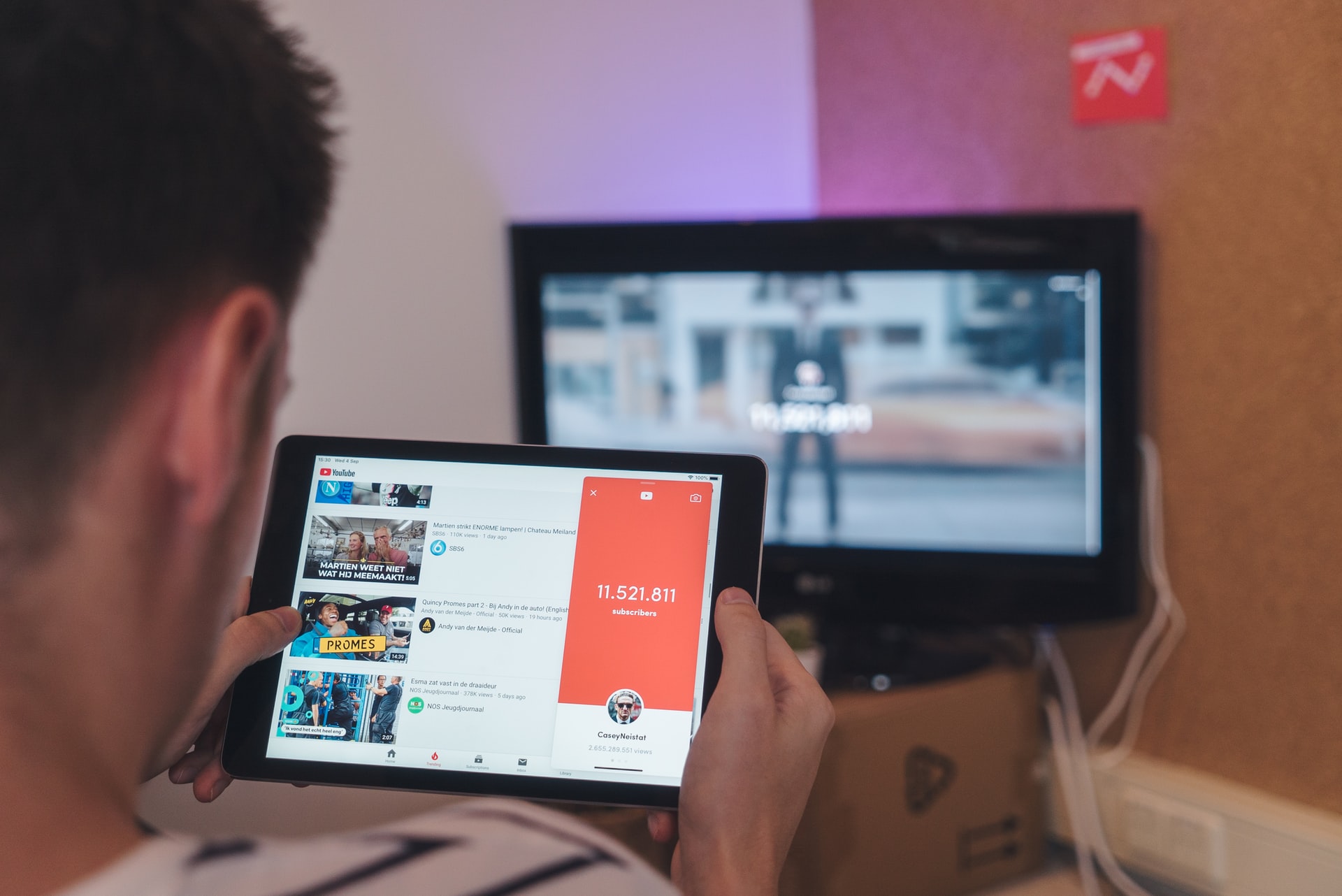Are you looking for strategies to encourage students to take care of their personal property? If so, keep reading.
1. Praise the student for appropriate care of personal property: (a) give the student a concrete reward (e.g., privileges such as leading the line, handing out learning materials, 10 minutes of free time, etc.) or (b) give the student an informal reward (e.g., praise, handshake, smile, etc.).
2. Connect with parents (e.g., notes home, phone calls, etc.) to disseminate information about the student’s progress. The parents may reinforce the student at home for organization and appropriate use of learning materials at school.
3. Create classroom rules: • Complete every assignment. • Complete assignments quietly. • Remain in your seat. • Finish tasks. • Meet task expectations. Examine rules often. Praise students for following the rules.
4. Praise the student for appropriate care of personal property based on the duration of time the student can be successful. As the student shows success, slowly increase the duration of time required for reinforcement.
5. Draft an agreement with the student stipulating what behavior is required (e.g., organization and appropriate use of learning materials) and which reinforcement will be implemented when the agreement has been met.
6. Converse with the student to explain (a) what they are doing wrong (e.g., failing to maintain organization or use learning materials appropriately) and (b) what they must be doing (e.g., keeping inside of desk organized, organizing learning materials on top of the desk, using learning materials as instructed, etc.).
7. Give the student additional workspace (e.g., a bigger desk or table at which to work).
8. Designate a peer to work directly with the student to serve as a model for appropriate use and organization of learning materials.
9. Give time at the beginning of each day for the student to organize their learning materials.
10. Give time at several points throughout the day for the student to organize their learning materials (e.g., before school, break time, lunch, at the end of the day, etc.).
11. Assess the appropriateness of the task to ascertain (a) if the task is too easy, (b) if the task is too complicated, and (c) if the duration of time scheduled to finish the task is sufficient.
12. Give storage space for learning materials the student is not using.
13. Minimize distracting stimuli(e.g., place the student on the front row, give a table or quiet space away from distractions.). This is used as way to reduce distractions, not as a form of punishment.
14. Talk regularly with the student to urge organizational skills or appropriate use of learning materials.
15. Give the student organizational duties in the classroom (e.g., equipment, software learning materials, etc.).
16. Restrict the student’s access to learning materials (e.g., give only appropriate learning materials to the student).
17. Embody organization and appropriate use of learning materials (e.g., putting learning materials away before getting more out, having a space for all learning materials, keeping an organized desk area, following the daily schedule, etc.).
18. Give sufficient transition time between learning activities for the student to organize himself/herself.
19. Create a routine (schedule) to be followed for organization and appropriate use of learning materials (e.g., give the routine (schedule) for the student in written form or orally review often).
20. Give sufficient time for the conclusion of learning activities.





